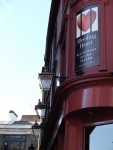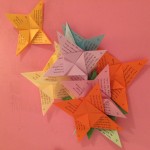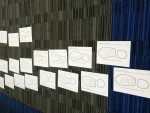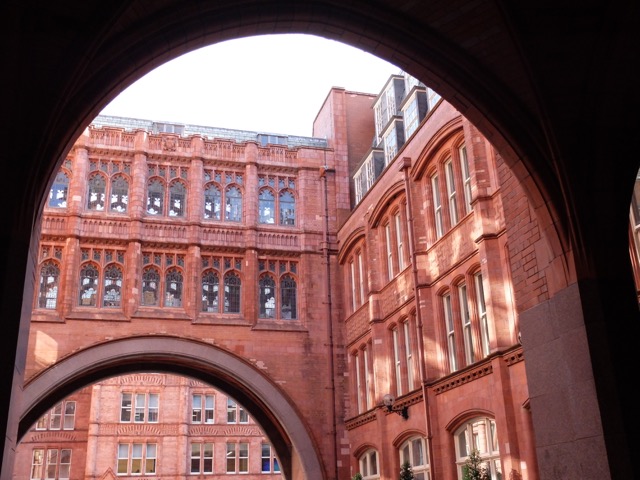
Hatton Garden boasts a rich and colourful history. It is known as the jewelry quarter and is the site of infamous crimes such as the recent Hatton Garden heist or the 17th century murder memorialised by Bleeding Heart Yard. Many layers of history, extremes of poverty and wealth, and change are shared in the buildings such as the hidden Ye Olde Mitre pub and beautiful St Elthedra’s Roman Catholic church. It is also on the door step of City University and the venue of this year’s Learning at City conference. Hatton Garden was therefore the ideal location for us (Emily Allbon, Anise Bullimore and Raf Benato) to come together to explore a variety of methods to use walking as an educational practice.

Emily, Raf and Anise hail from different disciplines: namely, law, health and educational development. They share a passion for innovative educational practices in general and the exciting affordances of walking in particular as a technique that has been proven to enhance creativity, cognitive processing, connection and well being. Their Learning at City conference session, Murder, Diamonds & Walking, enabled participants to choose and experience one of three different walking learning methods.

Emily’s walk invited participants to venture into Hatton Garden in small groups armed with tasks to complete with a legal bent while exploring the area. This was a walking activity adapted from Emily’s induction for a large cohort of undergraduate law students. As well as finding this an active, challenging experience the groups also reported a sense of camaraderie and discovery from the walk. This walk is also a reminder of how City staff and students are steps away from a diverse, inspiring, accessible city brimming with sites and landmarks that can easily be an extended part of the classrooms we offer.

Raf’s walk lead a group of participants through Hatton Garden using Raf’s indepth historical and local knowledge to explore the area from a public health perspective. This was a condensed walking activity drawing on Raf’s east London public health walks that are an integral part of preparing City students for health roles working in the community. The participants of this walk reported seeing the City through new eyes and an excitement about discovery and learning about an area. For City staff this was also a rediscovery of an area that we walk past frequently but don’t necessarily engage with and spend time in. Physically moving through an area animates and deepens the learning experience.
Anise’s walk engaged participants in reflection on the conference

theme of teaching excellence by walking in changing pairs and exploring a number of questions. This reflective walk introduced techniques used by Anise in her walking coaching practice as well as walks used with groups to explore leadership and educational development. Participants reported being able to quickly build up a rapport and connection with each other and engage in creative thinking using this process. The act of walking side by side encourages open conversation and the movement and environment allows creative thinking.

The walkers were fortunate in that they arrived back at the conference centre moments before a heavy and prolonged downpour. Participants reported leaving with a sense of energy and full of ideas for using walking in their work or with their students. How do you or could you use walking in your teaching and learning?

